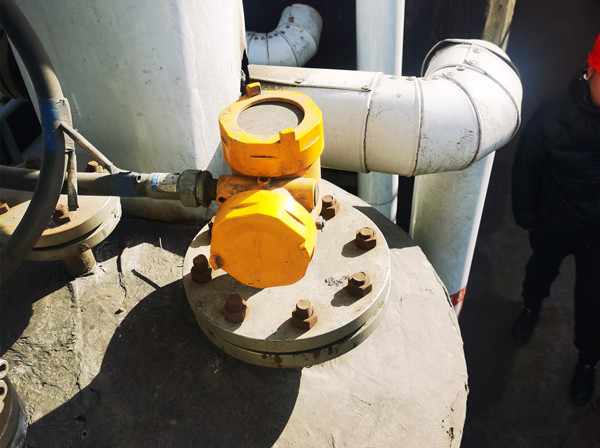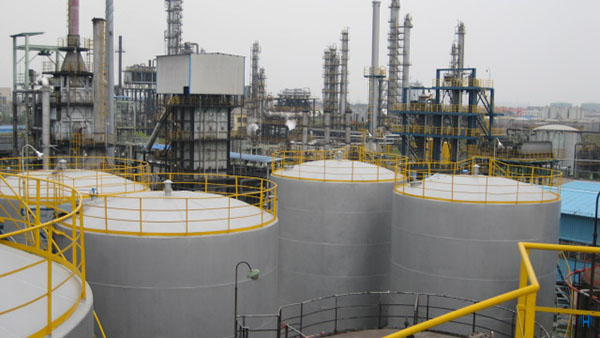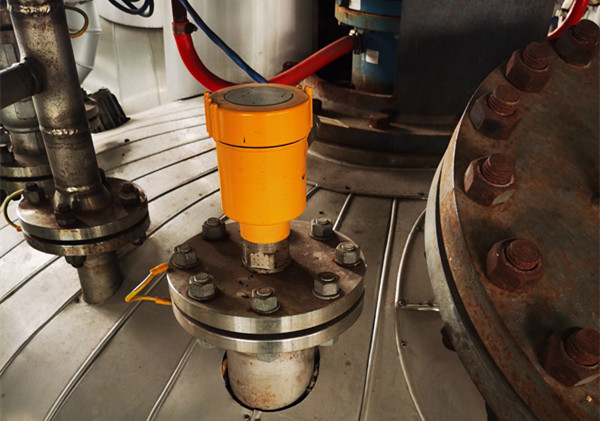A radar level meter is a measurement device commonly used in industry to measure the liquid or solid level of materials in tanks, tanks, pipelines, and other vessels. However, in some cases, radar level meters may encounter the problem of dew condensation, which can affect their accuracy and reliability. This article will describe the causes of dew condensation problems encountered by radar level meters and provide solutions.

The cause of dew condensation problems encountered by radar level meters is usually due to changes in ambient temperature and relative humidity. When the surface temperature of the radar level meter is lower than the dew point temperature, the water vapor in the surrounding air will condense on the surface of the radar antenna and form water droplets or ice crystals, thus interfering with the transmission of the radar signal and affecting the measurement accuracy of the level meter.

There are various ways to solve the problem of radar level meter condensation. The following is a common solution:
1. Keep the ambient temperature stable: Try to maintain a stable ambient temperature around the radar level meter to avoid drastic changes in temperature. Measures that can be taken include using insulation materials to insulate the vessel to avoid condensation. 2. Increase the surface temperature of the level meter: The temperature of the surface of the radar level meter can be raised above the dew point temperature by means of a heating device or a heating tape to prevent condensation from occurring.
However, care needs to be taken to control the heating temperature to avoid damage to the material or equipment caused by excessive temperatures.
3. Use anti-condensation coatings: Coating the surface of the radar level meter with an anti-condensation coating can reduce the incidence of condensation by reducing the condensation of water vapor on the surface.
This coating is usually waterproof and corrosion-resistant, which can effectively extend the service life of the radar level meter.

A practical measurement case is given to illustrate. A chemical plant uses a radar level meter for level measurement in its storage tanks, but the low temperature of the liquid in the tank causes the surface of the radar level meter to condense frequently, which affects the measurement accuracy.
To solve this problem, the engineer took the following measures:
First, the tank was insulated and wrapped with insulation material to reduce the impact of temperature changes on the level meter.
Secondly, a heating device was installed to keep the temperature of the radar level meter surface above the dew point temperature by controlling the heating temperature to avoid the occurrence of condensation.
Finally, an anti-condensation coating was applied to the surface of the radar level meter to further reduce the possibility of condensation. After the implementation of the above improvement measures, the accuracy of the level measurement of the storage tank was significantly improved and the problem of condensation was effectively solved.

In summary, it is a common challenge for radar level meters to encounter condensation, but the incidence of condensation can be effectively reduced by solutions such as keeping the ambient temperature stable, increasing the surface temperature of the level meter, and using anti-condensation coatings.
